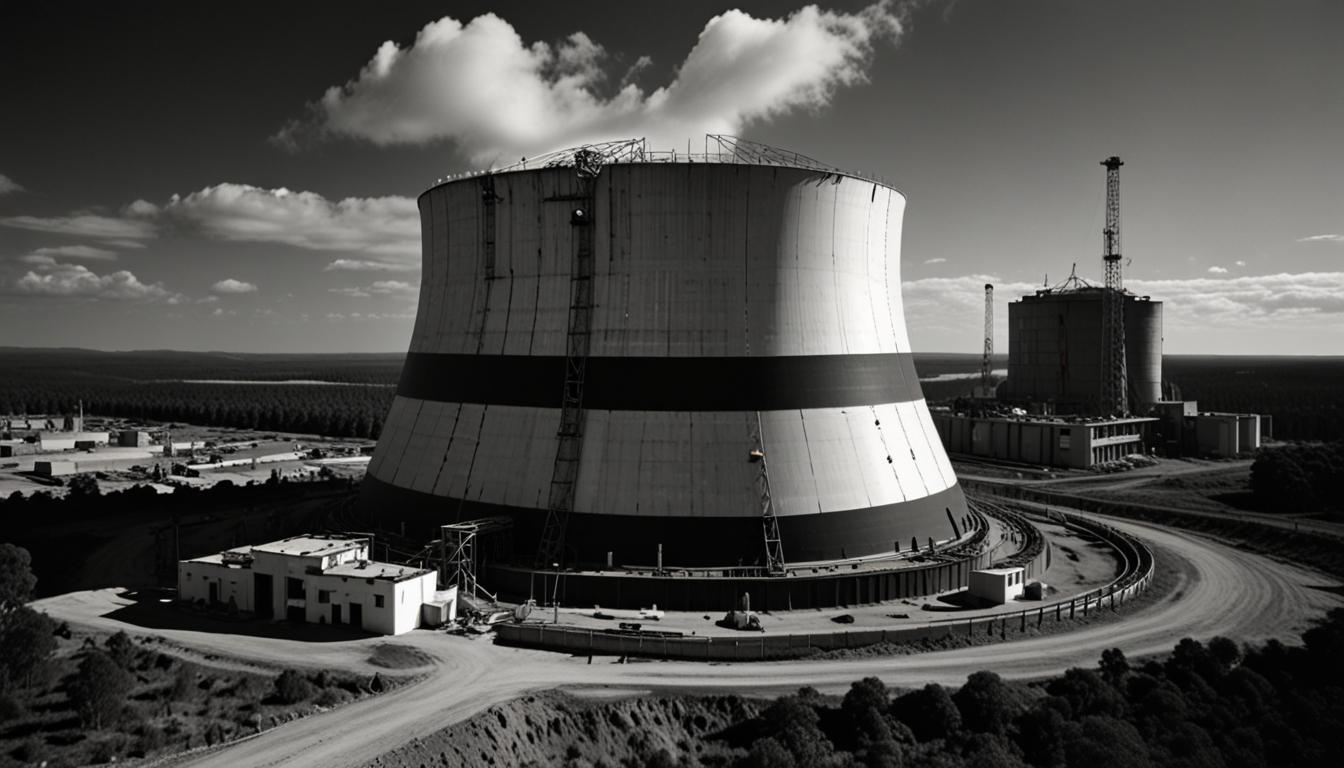The Coalition’s proposal to develop seven nuclear reactors in Australia has sparked concerns over potential cost overruns and inefficiencies. The estimated $600 billion plan, projected to contribute only 3.7% to the national energy mix by 2050, faces scrutiny from the Smart Energy Council and opposition leaders for its high costs and lack of detailed financial disclosures.
The Coalition’s plan to develop seven nuclear reactors in Australia could lead to expenses as high as $600 billion, while only contributing 3.7% to the national energy mix by 2050, according to the Smart Energy Council. The analysis, relying on data from CSIRO and the Australian Energy Market Operator, indicated that the minimum cost for the project would be around $116 billion—the same estimated cost for the Labor government’s nearly 100% renewable energy plan by 2050.
Opposition leader Peter Dutton unveiled the nuclear proposal but has not yet provided detailed cost estimates, promising those “very soon.” Labor frontbencher Tanya Plibersek criticized the plan, calling it irrational and a distraction, highlighting that the details remain undisclosed to the public.
Concerns primarily center around potential cost overruns, similar to those experienced with the UK’s Hinkley Point C nuclear plant. The seven proposed sites in Australia are planned to replace 11 gigawatts of coal-generated power. However, the Smart Energy Council warned that the initiative might end up being significantly more costly and less efficient than a transition to renewable energy sources.
The Coalition envisions the nuclear reactors being operational by the second half of the 2030s, but the Smart Energy Council’s John Grimes stated that, in the best-case scenario, the proposal would be less effective and more expensive than the current renewable strategy.
